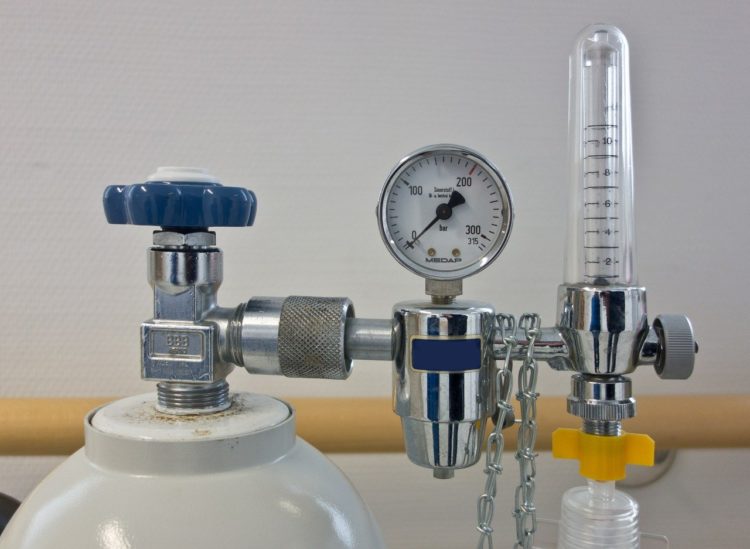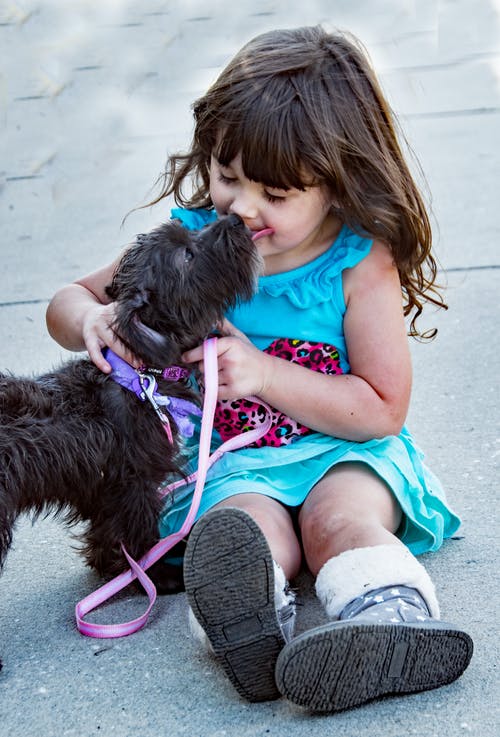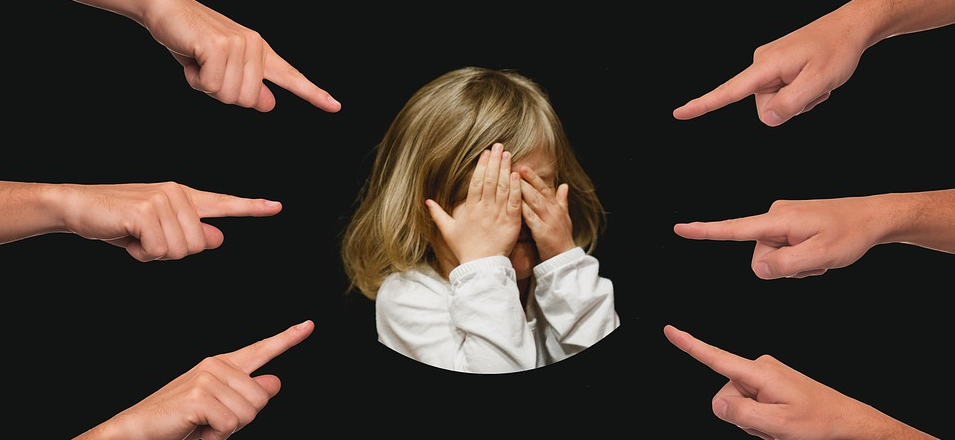Do you know the signs and symptoms of kidney and liver failure in dogs?
Kidney and liver failure in dogs are both extremely common. Either can be fatal to your canine companion if left untreated.
The liver is a filter for your pup’s digestive system. It metabolizes proteins, fats, and carbohydrates. It stores the vitamins, minerals, and nutrients your dog needs for a healthy body.
The kidneys filter waste for your dog’s bloodstream. For top health, both organs must be working well.
If you’re able to communicate with your pet, he or she will be able to tell you when their system isn’t functioning at its peak.
It’s also a good idea to familiarize yourself with the kinds of conditions that can cause kidney and liver failure, as well as the signs, symptoms and treatments, because it can sneak up on you and your pet.
Knowing what to watch for can save your dog’s life…
What causes liver disease?
Liver disease can result from several different conditions that vary in severity:
- Viral or bacterial infection
- Cancer of the liver (hepatocellular carcinoma)
- Cysts or gallstones, which can obstruct the bile duct
- Endocrine diseases including diabetes, Cushing’s Disease, or hyperthyroidism
- Trauma to the liver due to an accident or heatstroke
- Ingestion of a toxic substance
Some breeds are more prone to liver problems, such as Yorkshire Terriers, German Shepherds, and some Retrievers. Sadly, poisoning is the most common cause of acute liver failure.

You’ll get some indication that your dog is suffering from liver failure, and some will be more subtle than others.
Watch closely for:
- Changes in personality
- Loss of appetite
- Excessive thirst and/or peeing
- Vomiting
- Diarrhea
- A distended abdomen
- Seizures
Your dog might have the odd “down day” or eat something that upsets their stomach, but it’s imperative that you consult a veterinarian if any of these symptoms persist.
If your dog has spent the day playing in a public space, or has been exploring “out of bounds” in your garage or garden shed and begins vomiting or has diarrhea, contact a vet immediately to rule out poisoning.
What causes kidney disease?
There are two types of kidney disease: chronic and acute.
Signs of acute failure will be immediate and very sudden. However, unlike liver failure, the signs of chronic kidney failure won’t be very obvious. It develops over years and is an irreversible condition – but is manageable.

Keep a close eye out for:
- A decrease in urination
- Lethargy
- Increased thirst
- Weakness
- Weight loss
Acute kidney failure will appear with symptoms such as:
- Vomiting
- Diarrhea
- Coma
Your pet might be trying to tell you that they’re in distress…be sure to listen carefully to the messages they’re sending you. And never attempt to diagnose a problem yourself. Consult a veterinarian as soon as you see early signs of trouble.
Of course, it will be easy to tell if Rover is feeling “off” if you spend lots of time walking, playing, and talking with him.
How do vets treat kidney and liver disease?
Your vet will conduct blood tests and an ultrasound or x-ray to assess the extent of the problem – and establish whether it originates with the liver or is a sign of another issue like cancer.
Expect fluid therapies, antibiotics, or, in extreme cases, surgery to remove cysts, gallstones or cancerous parts of the liver. They may also recommend dialysis and changes in their meal plan, supplements and fluid intake.
The more quickly you consult with a vet, the more quickly your dog will be on the road to recovery.
Like all health concerns, keep up-to-date on signs, symptoms and treatments for kidney and liver failure in dogs. Nobody wants to say good-bye to their pets before it’s their time to go.
Your pets are counting on you for care… be sure you’re doing everything you can to show them your love by keeping them as healthy as can be.
Can kidney and liver disease in dogs be cured?
Sadly, allopathic “Western” medicine vets say that chronic liver and kidney disease can’t be cured, but it can be slowed down and even reversed in some cases.
Holistic vets and healers will take a different approach through homeopathy, diet, supplements, Kangen miracle water, and various energy therapies like light therapy, oxygen therapy, BodyTalk Healing, and soul repair.
Both say that kidney and liver failure in dogs can be treated – though maybe not necessarily cured – if caught in the very early stages.
Your vet will conduct blood tests and an ultrasound or x-ray to assess the extent of the problem – and establish whether it originates with the liver or is a sign of another issue like cancer.
Expect fluid therapies, antibiotics, or, in extreme cases, surgery to remove cysts, gallstones or cancerous parts of the liver or kidney.
These treatments will be distressing for your furry friend. Be sure that you’re able to communicate and reassure them during the process to aid in the healing.
Did you enjoy this article? Dog lovers might find these interesting, as well:
Dog Games: 10 Fun Ways to Learn & Bond for Puppy and Child
Do You Know How to Identify Dog Seizure Symptoms?
The Extraordinary Soul Connection I Call The Human Animal BodyMind Connection
The post Everything You Need To Know About Kidney and Liver Failure in Dogs appeared first on Val Heart.
source https://valheart.com/how-kidney-and-liver-failures-are-treated-in-dogs/









 Most of us animal lovers have memories of bonding with the family dog, spending hours talking with our horse, or curled up for nap time and cuddles with our cat.
Most of us animal lovers have memories of bonding with the family dog, spending hours talking with our horse, or curled up for nap time and cuddles with our cat.













